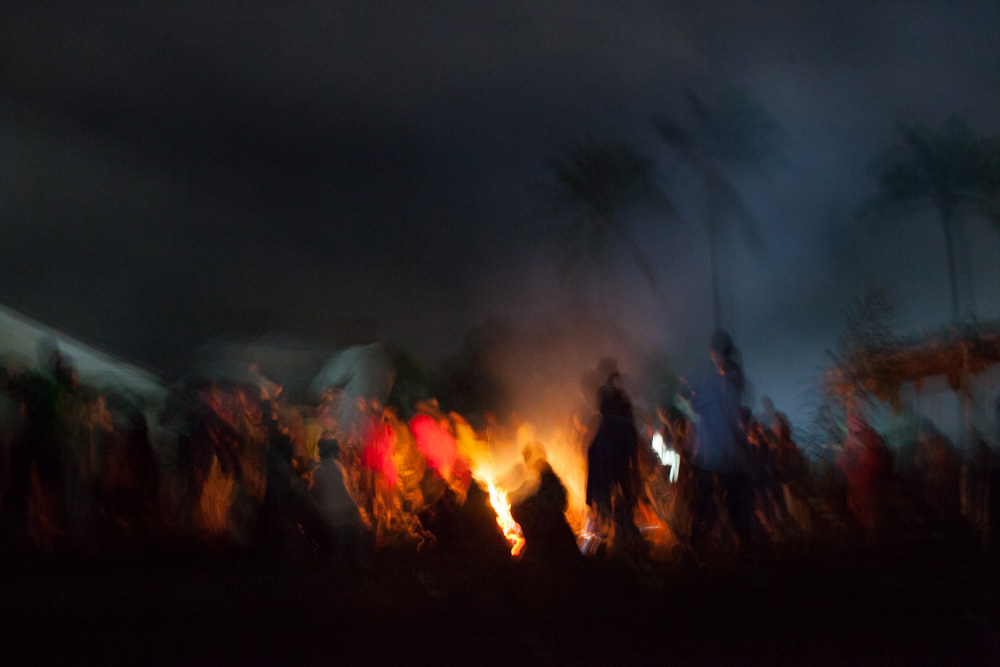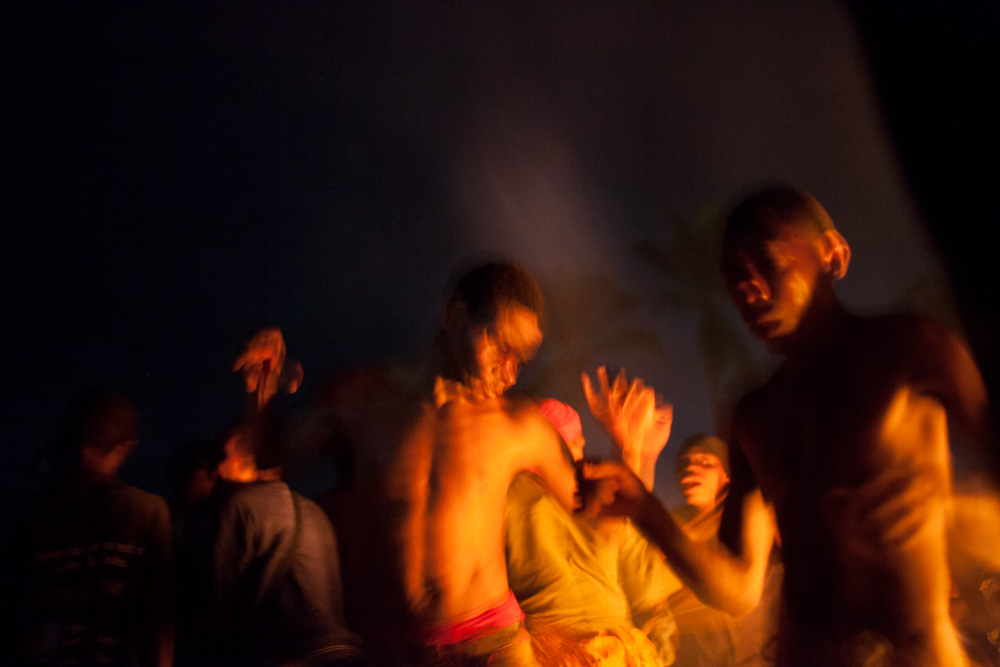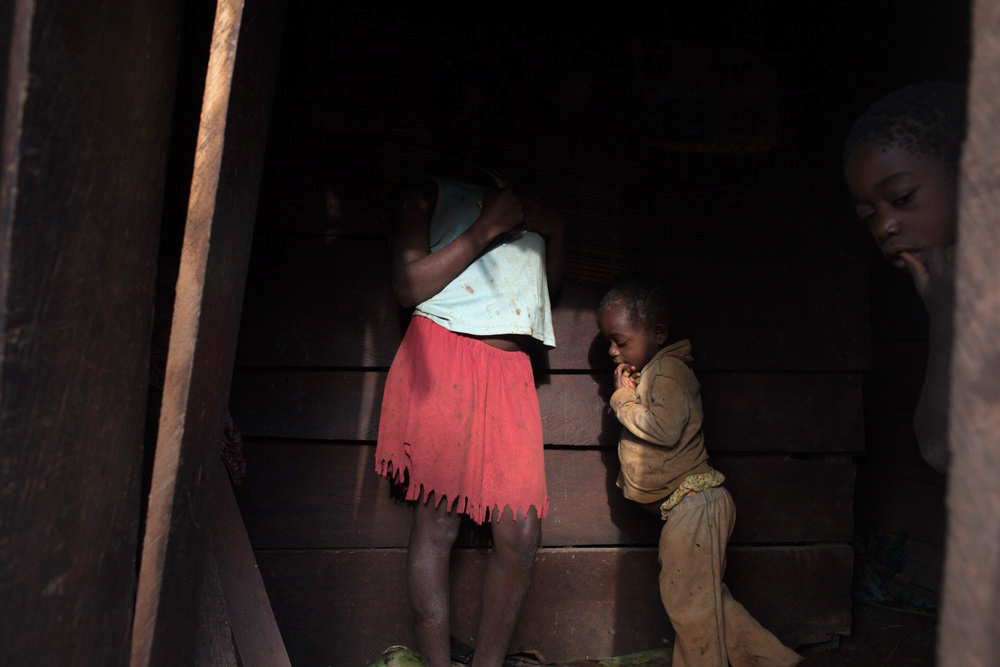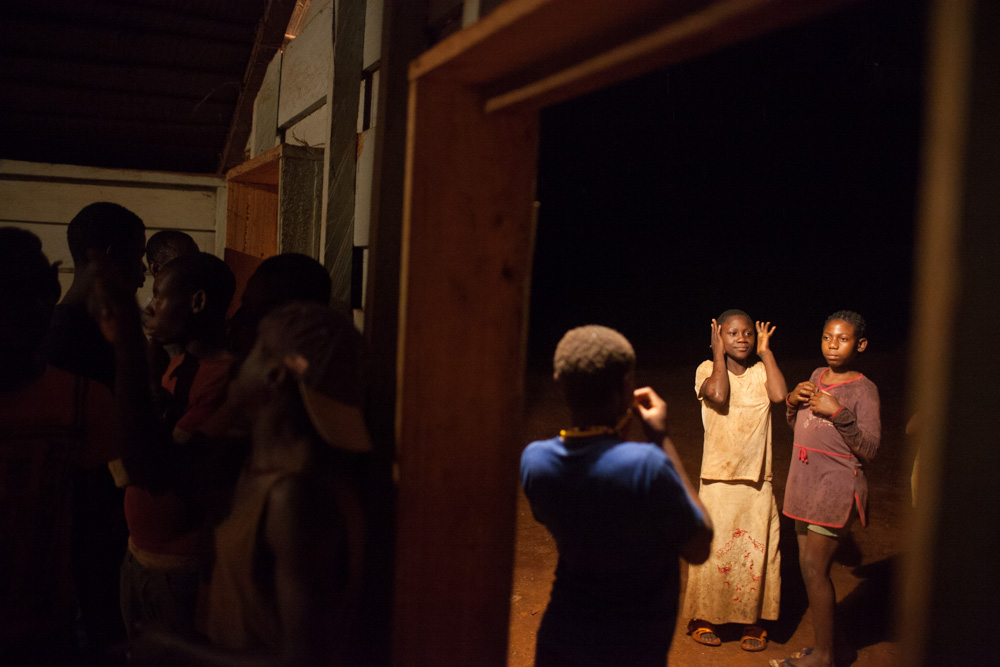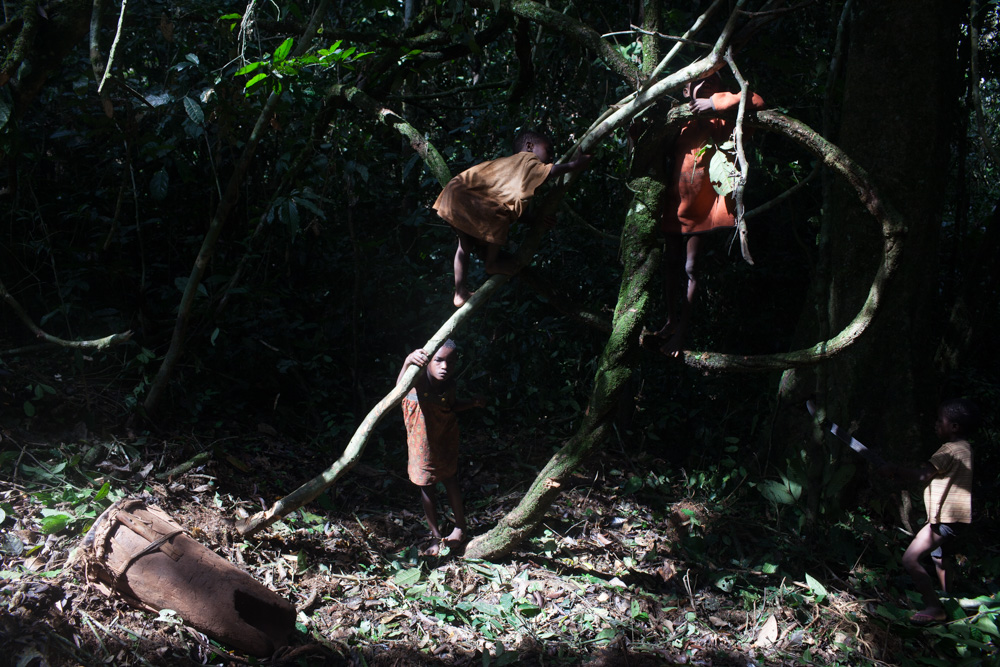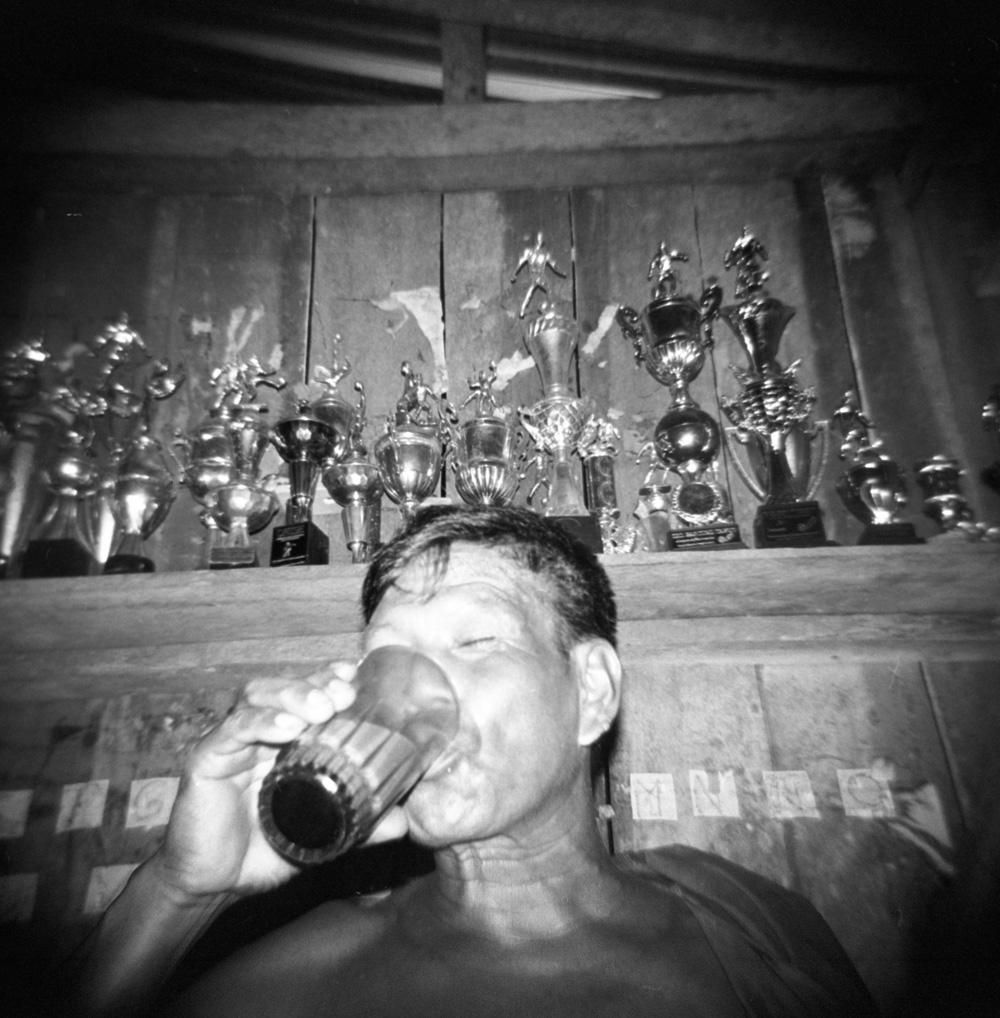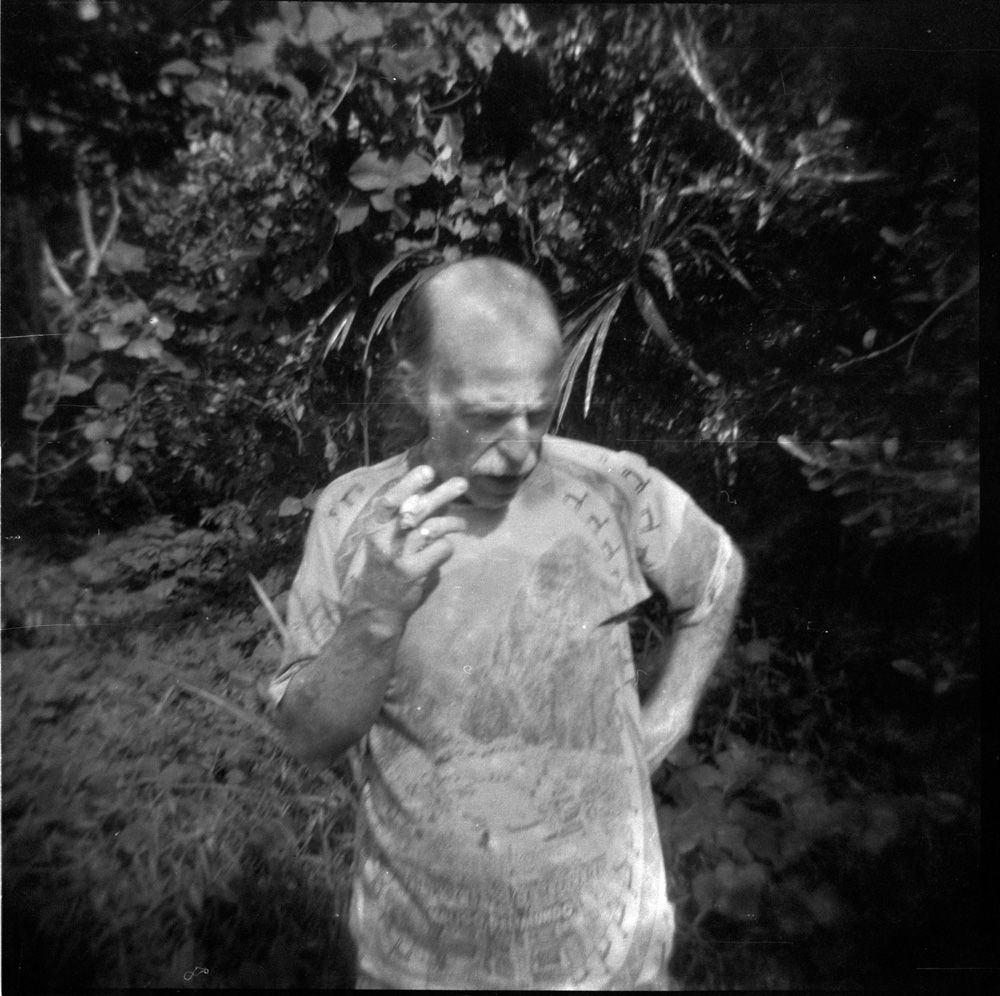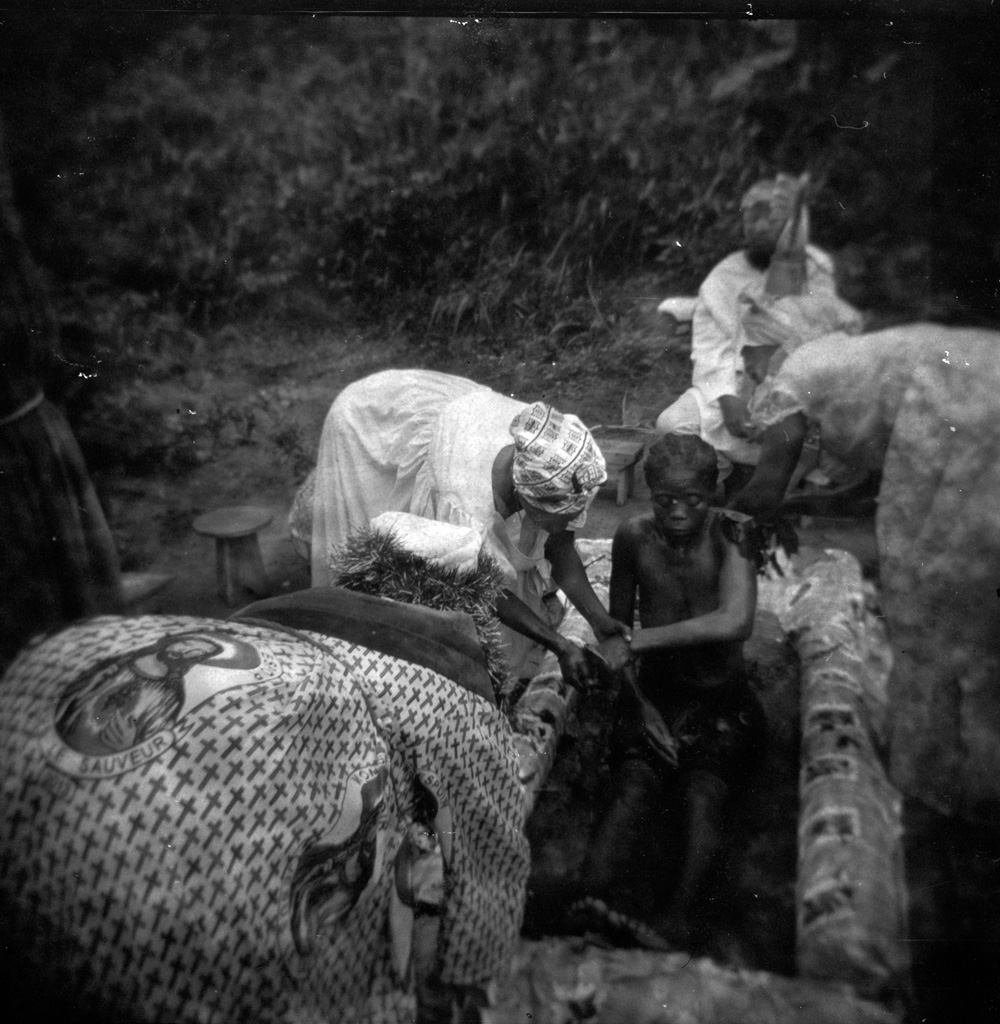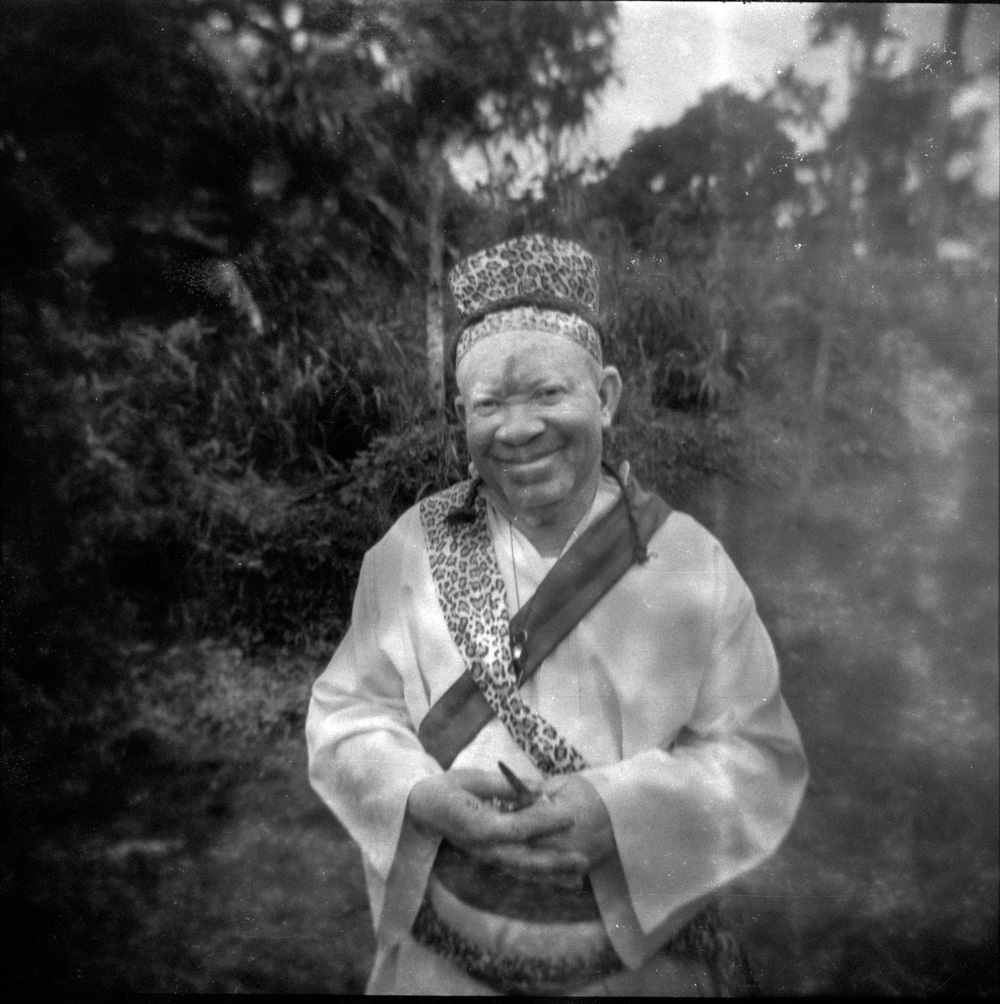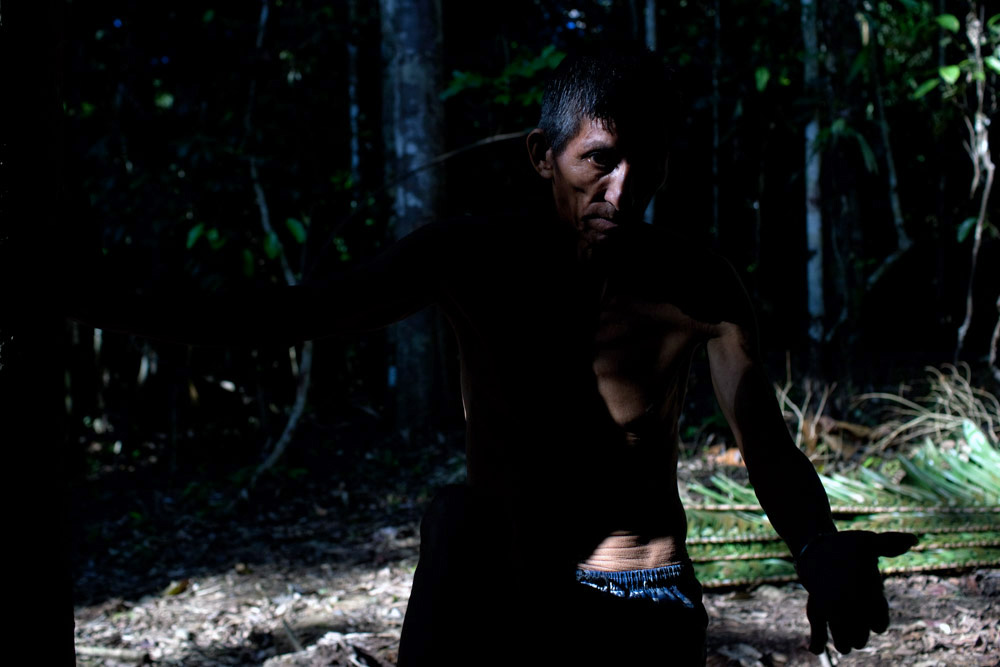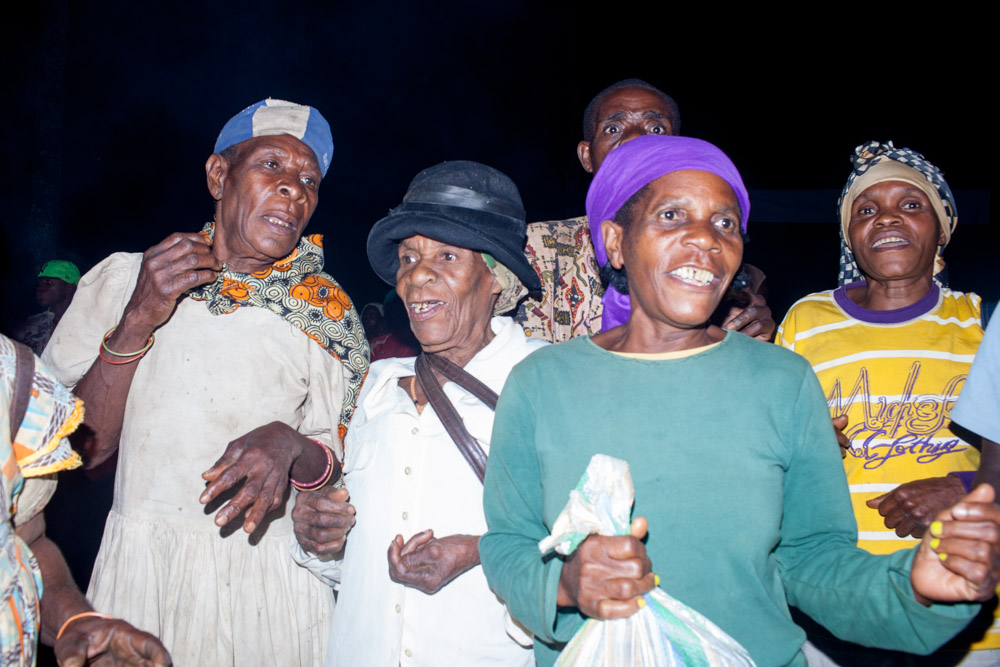those dancing on the edge of motorway, sleeping in petrol stations, runaway slaves, suicidal teenagers, broken musicians, political refugees, illiterate storytellers, those smelling dust of the road, beggars, fugitives, village fools, those looking from behind the bushes, freaks, outcasts, losers, un-fair maidens, left-handed, stutterers, college nerds and prodigal sons, those in crisis and diseased, downtrodden and misunderstood, pygmies, gypsies, hobbits, little people, those in the backstage, those sweeping marble floors, cinderellas and robin hoods, cossacks, fakirs, rats rather then tigers, donkeys over steeds, kitchen porters, nannies, schizophrenics, shamans, smugglers, people of the road, people of the border, people of transition, people of the dark thick forest of soul. This is your song I hear again and again in the visions, coming as ever changing fractals of symphony about mankind on the way. Memory of your generations is illuminated by the light of the magic plants and it is your song that leads the way, the rest are just dark background humming.
…
ci, tańczący na skraju szosy, śpiący pod stacjami benzynowymi, zbiegli niewolnicy, depresyjne nastolatki, złamani muzycy, polityczni uchodźcy, niepiśmienni opowiadacze, wąchający kurz, brudni i niemodni, żebracy, uciekający, wioskowi głupcy, ci, co patrzą na zabawę zza krzaka, dziwacy, wyrzutki, przegrani, niepiękne dziewice, leworęczni, jąkały, szkolne pośmiewiska i synowie marnotrawni, ci w depresji i kryzysie, prześladowani i niezrozumieni, pigmeje, cyganie, hobbici, mali ludzie, ci na zapleczu, zamiatający posadzki i parkiety, kopciuszki, robin hoodowie, kozacy, fakirzy, raczej szczury niż tygrysy, osły niż rumaki, pomywacze, niańki, schizofrenicy, szamani, przemytnicy, ludzie drogi, ludzie pograniczy, ludzie przemiany, ludzie ciemnego, gęstego lasu duszy. To waszą pieśń widzę i słyszę nie pierwszy już raz w wizjach, powracającą w nieskończenie zmiennych fraktalach symfonii o ludzkości w drodze. Pamięć waszych pokoleń oświetla światło magicznych roślin, to wasza pieśń jest motywem przewodnim, reszta tworzy ciemne, szumiące tło.

